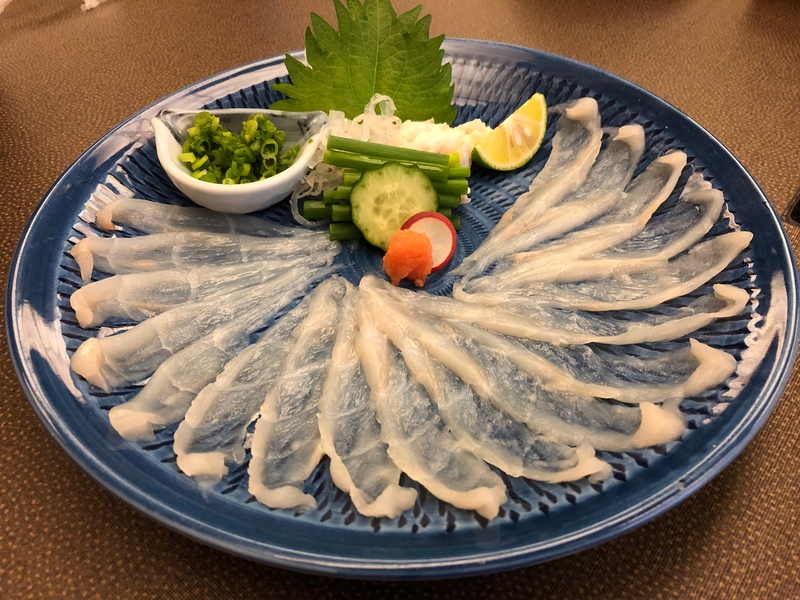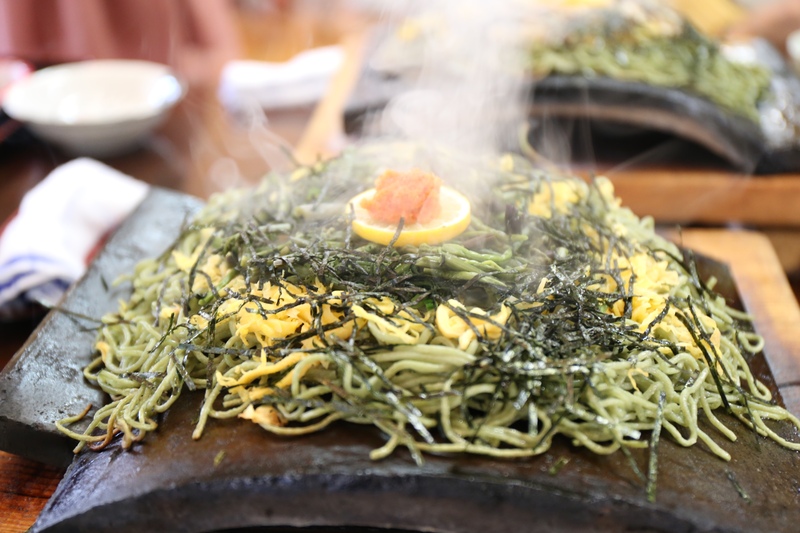What is Kintai Bridge?
Kintai Bridge (Kintaikyo) is a wooden arched bridge located in Iwakuni City, Yamaguchi Prefecture, famed as one of Japan’s Three Famous Bridges.
First built in 1673, the bridge spans the Nishiki River with a total length of 193.3 meters and features five elegant arch spans.
Its graceful appearance is regarded as a masterpiece of traditional Japanese carpentry, attracting many visitors.
Cherry blossoms in spring, fresh greenery in summer, autumn leaves in fall, and snowy scenery in winter — Kintai Bridge is beautifully framed by each season.

Attractions of Kintai Bridge
1. Beautiful arched structure
The bridge’s most distinctive feature is the graceful curve formed by its five consecutive wooden arches.
This design was devised to withstand natural disasters such as floods and showcases the advanced construction techniques of the Edo period.
The reflection of the arches on the river looks like a painting.
While walking around, you can enjoy its beauty from different viewpoints on the bridge and along the riverbank.
2. Spectacular seasonal views
The area around Kintai Bridge is an ideal spot to enjoy nature throughout the seasons.
- Spring: When the cherry blossoms are in full bloom, the bridge and the Nishiki River are tinged with pink.
- Summer: Fresh greenery and clear streams create a refreshing scene.
- Autumn: The riverside autumn leaves brightly color the bridge.
- Winter: The bridge covered in snow creates a magical beauty.
3. Night illumination
At night, Kintai Bridge is illuminated, offering a different, more dreamlike atmosphere than during the day.
In particular, the contrast of light and shadow reflected on the river creates a romantic mood.
4. Historical background and reconstruction story
Kintai Bridge was originally constructed by Kikkawa Hiroyoshi, the feudal lord of the Iwakuni Domain, during the Edo period.
Although it was washed away several times by natural disasters, it was rebuilt with the cooperation of local people.
Restoration using traditional techniques continues today, allowing visitors to see the preservation of history and craftsmanship.
5. Nearby sightseeing spots
There are several worthwhile attractions around Kintai Bridge.
- Iwakuni Castle: A mountaintop castle reachable by ropeway from Kintai Bridge, with an observation deck offering panoramic views of Iwakuni City.
- White Snake Museum: Exhibits about the white snakes that are a symbol of Iwakuni.
- Kikko Park: A spacious park filled with flowers, perfect for a leisurely stroll.

How to access
By train and bus
- From JR Sanyo Main Line “Iwakuni Station”
- Take a bus bound for Kintai Bridge and arrive in about 20 minutes.
- The Kintai Bridge bus stop is a short walk from the bridge.
By car
- About 1 hour from Hiroshima City
- Take the Sanyo Expressway to the “Iwakuni IC” and follow signs toward Kintai Bridge.
- There are many paid parking lots nearby.
From the airport
- From Iwakuni Kintaikyo Airport
- By bus about 30 minutes (via the station) / by taxi about 25 minutes.

How to enjoy Kintai Bridge
1. Walk across the bridge
Walking across Kintai Bridge allows you to fully appreciate its structure and the surrounding scenery.
Take in the flowing river and the natural surroundings as you stroll.
2. Walk along the riverbank
After crossing the bridge, head to Kikko Park or walk along the riverside promenade to view Kintai Bridge from different angles.
3. Enjoy seasonal events
Many events are held year-round around Kintai Bridge, such as the spring cherry blossom festival and summer fireworks displays.
Check event information when planning your trip.
4. Savor local cuisine
There are restaurants near Kintai Bridge serving dishes made with local specialties.
Be sure to try Iwakuni sushi and ayu (sweetfish) dishes.

Useful information for travelers
- Opening hours
- Walking on the bridge itself is possible 24 hours a day, but surrounding facilities are generally open from 9:00 to 17:00.
- Admission fees
- Adults ¥310, children ¥150 (as of 2024).
- Best time to visit
- Spring and autumn are especially recommended, but the bridge offers attractive scenery throughout the year.
- Notes
- Paths along the river can be slippery, so wear comfortable, non-slip shoes.
- Pets are allowed, but please keep them on a leash.
Summary
Kintai Bridge is one of Japan’s top sightseeing spots where history and nature come together.
Its beautiful arched structure and seasonal landscapes leave a strong impression on visitors.
Enjoying nearby attractions and local cuisine will make your time in Iwakuni even more special.
Be sure to visit Kintai Bridge and experience the beauty of traditional Japan!
Frequently Asked Questions
Q1. When is the best time to visit Kintai Bridge?
Spring for cherry blossoms and autumn for fall foliage are particularly recommended.
The illuminated night views are also very atmospheric.
Q2. Are there accommodations near Kintai Bridge?
Yes. There are many ryokan and hotels throughout Iwakuni City.
Day trips from Hiroshima City are also possible.
Q3. Where are the best photo spots for Kintai Bridge?
Kikko Park and the riverside are recommended spots.
The lighting and contrast in the late afternoon can be especially beautiful.
Experience the charm of Japan’s tradition and nature at Kintai Bridge!








